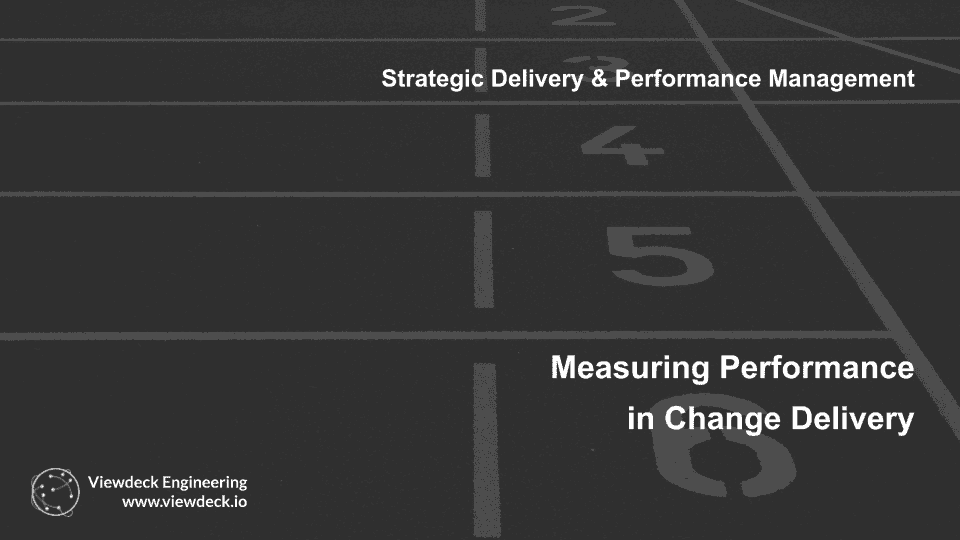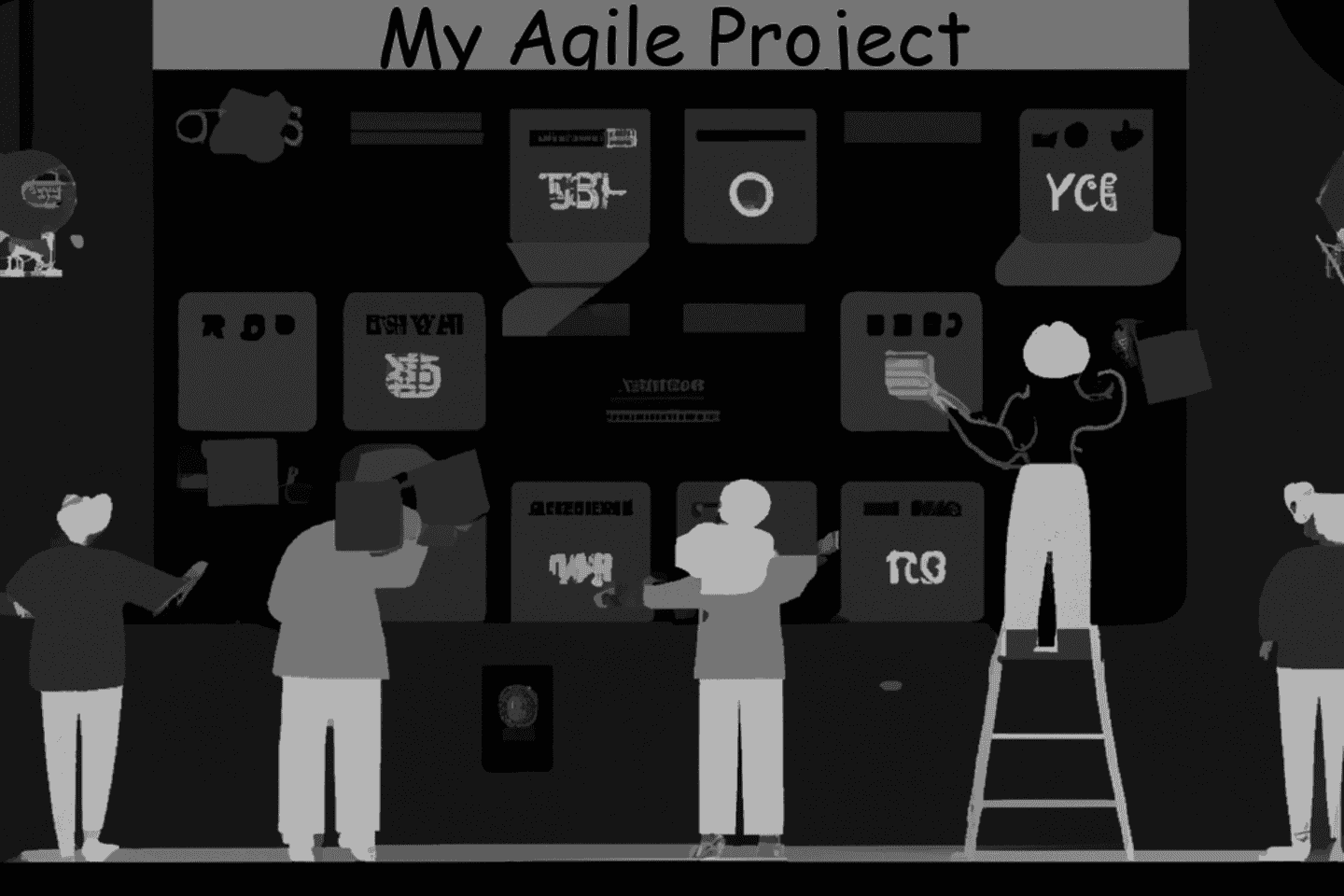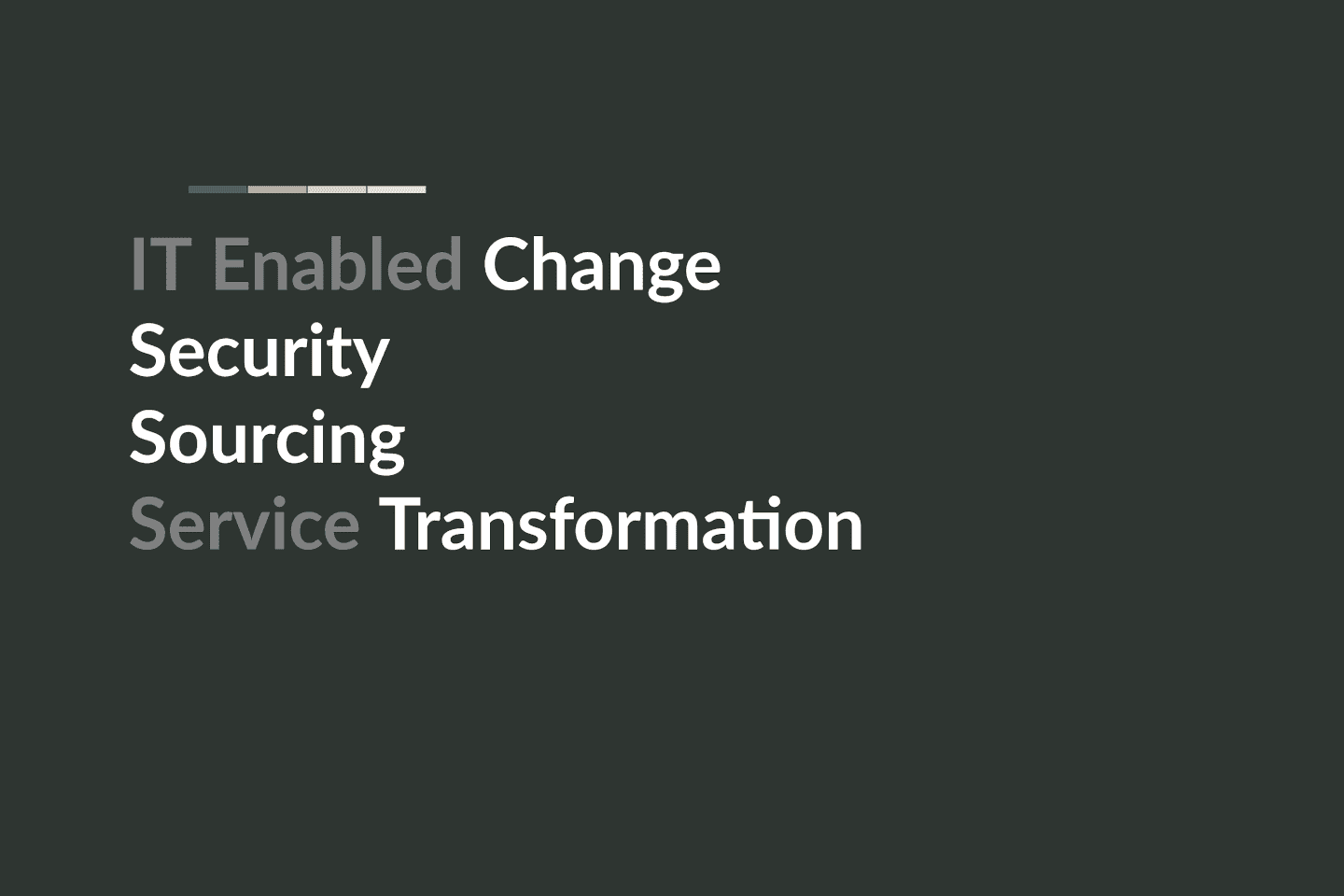Succeeding in IT Enabled Business Change
Explore what is IT Enabled ( Business ) change, the best approach to deliver these changes, and how to structure teams and delivery to make the project successful.
IT Enabled Business Change is the process of changing the way a business operates and works by using Information Technology (IT) to create new processes and systems that help organisations become more efficient, productive and profitable.
In this article we will explore what is IT Enabled ( Business ) change, the best approach to deliver these changes, and how to structure teams and delivery to make the project successful.
Some examples ;-
- Automated Processes: Automating routine processes to drastically reduce costs and time spent on tasks such as billing, payroll, customer service, and even accounting. Companies such as Amazon have leveraged automated processes to increase efficiency and reduce costs.
- Data Analytics: Big data analytics to enable insights from large amounts of data and make better decisions about their operations. Companies use big data to optimise their supply chains, marketing campaigns, customer service strategies, and more.
- Cloud Computing: Cloud computing can revolutionised how companies store and access data. Moving applications and infrastructure to the cloud reduces costs and provides greater scalability for companies that need to access large amounts of data quickly.
- Mobile Applications: Developing mobile applications to reach customers in new ways and create more personalised experiences. Apps such as Uber, Airbnb, and Amazon have been able to transform their respective industries through mobile apps that offer convenience and value for customers.
Best Practise approach for implementing IT enabled Change
Change delivery is a process of planning, implementing and managing changes in the way a business operates. It involves making changes to existing systems, processes, and procedures as well as introducing new ones to enable the business to better meet its objectives. The success of any business change initiative depends on how well it is implemented. In order for an IT enabled Business Change to be successful, it must be approached in an organised and strategic manner: 1. Assess the current state of the organisation, 2. Develop a strategy to meet identified needs and wants , 3. Put together a team with experience in both IT and Business Change initiatives , 4. Create an action plan with milestones and checkpoints to monitor progress , 5. Monitor and evaluate progress throughout the project life cycle , 6. Address any risks associated with the project
-
Develop a Clear Vision: Develop a clear and comprehensive vision of the desired outcome. This should include a description of the desired business goals, objectives and performance targets, as well as an overall strategy for achieving them.
-
Identify Change Impacts: Identify and assess the potential impacts that any proposed changes may have on the organisation. This includes identifying which parts of the organisation will be impacted by the change and how, as well as considering any associated risks or costs.
-
Develop a Plan: Develop a plan for implementing the changes. This should include detailed steps outlining how the change will be implemented, including timelines, resources required and roles within the organisation responsible for different stages of implementation. A communications plan should be developed and used to manage stakeholders throughout the project.
-
Manage Change: Appropriate Skills and resources are identified and allocated to the project to ensure that all aspects of the change are managed effectively. This includes ensuring that adequate training is provided to members of staff affected by the change, and that appropriate monitoring and evaluation processes are in place to ensure that success criteria are met throughout each stage of implementation.
-
Monitor and Adjust: Finally, monitor progress against targets throughout each stage of implementation and adjust plans accordingly if required. This may include altering timelines, reviewing resource allocations or introducing additional controls or measures where necessary.
Project management approach to implement IT Enabled Change
For IT Enabled Business Change, the best project management approach is the Agile methodology. Agile is a flexible and iterative approach to project management that focuses on delivering customer value quickly and efficiently. It encourages collaboration between stakeholders, allowing them to adapt quickly to changing requirements. It also emphasises collaboration with customers and stakeholders throughout the development process. Agile also helps teams stay focused on delivering value, rather than simply following a plan. This makes it ideal for rapidly changing Change projects, as it allows teams to quickly pivot and adapt to changes in customer needs.
Stakeholder Engagement
Stakeholders should be engaged and managed through a combination of effective communication, collaboration, and governance.
Communication: It is important to ensure that stakeholders are kept up to date on the progress of the change project and the associated risks. This can be done through regular meetings, emails, or other forms of communication. It is important to ensure that stakeholders have the opportunity to provide feedback and to ask questions.
Collaboration: Stakeholders should be actively involved in the process of planning and implementing changes. This can include participating in workshops, providing input on decisions, and providing feedback on progress. In order to maximise stakeholder engagement, it is important to ensure that their perspectives are taken into account when making decisions.
Governance: Effective governance is essential for successful Change implementation. The best approach to governing delivery is to establish a clear governance structure, with roles and responsibilities clearly defined and communicated. This should include a steering committee that provides oversight and guidance, as well as the project manager who is responsible for delivering the project according to plan. It is also important to ensure that appropriate levels of control are in place to protect against risks associated with changes.
Benefits Management
The Benefits Model is the framework used to define, measure, and assess the value of the change project. It involves understanding what the project is trying to achieve, who will benefit from it, and how those benefits can be measured. The Benefits Model should inform and support the Business Case process. The Benefits Manager is responsible for developing the benefits model, monitoring progress against it, and ensuring that it meets the needs of the project and stakeholders. The Benefits Management Process tracks progress against the benefits model, identifies any gaps or areas for improvement, and communicates changes in benefits as the project progresses. This process also helps to ensure that all stakeholders are aware of what is expected from them in terms of delivering on their commitments and understanding how their actions have impacted the overall success of the project.
Risks
While each implementation will attract different Risks, the following set provides the common areas where projects may experience risks during delivery.
- Limited Resources: Businesses often lack the resources necessary to carry out a successful IT enabled change.
- Best mitigation: Establish a realistic timeline, budget and staffing plan that takes into account the resources needed to implement the change.
- Lack of Support: Without proper support from management, stakeholders, and employees, IT enabled changes can fail.
- Best mitigation: Ensure that everyone has a clear understanding of the objectives and how the new system will benefit them. Employ a comprehensive communication plan to ensure everyone is kept up-to-date on progress.
- Security Risks: Changes to IT systems introduce new security risks that must be addressed in order to protect corporate data and systems.
- Best mitigation: Develop strong security policies and procedures for system access, data encryption, anti-virus protection, and other security measures.
- Complexity: IT enabled changes can be complex and difficult to implement properly.
- Best mitigation: Bring additional skilled and experienced team members that can help guide the project and stakeholders through the process of making successful changes.
Key Roles
The following key roles will often make up the IT Enabled Change project team. Many of these roles are common/familiar to well structured IT Projects,
-
Project Sponsor: Responsible for ensuring that the project is funded, staffed, and supported. They are also responsible for providing overall guidance and direction to the project team.
-
Project Manager: Responsible for overall planning, execution, and control of the project. This includes developing the project plan, assigning tasks to team members, managing risks and issues, and ensuring that the project meets its objectives.
-
Process Analyst: Responsible for analysing existing business processes in order to identify areas of improvement or opportunities for automation. Create documents such as process maps and flowcharts to visually represent the current state of a process and suggest necessary changes.
-
Change Agent: Responsible for leading change initiatives within the organisation. This includes communicating changes to stakeholders, training users on new systems or processes, managing resistance to change, monitoring progress, and addressing any issues that arise during implementation.
-
Facilitator: Responsible for leading the organisation through the methodology by facilitating meetings with stakeholders and providing guidance on how best to achieve successful outcomes with IT Enabled Business Change projects.
Conclusion
IT Enabled Change implements technology to improve business processes and operations. Done correctly, it can significantly improve the efficiency and effectiveness of an organisation. To summarise the best practice approach ;-
- Assess the current state: Before implementing any changes, it is important to assess the current environment. This means understanding where you are now in terms of existing processes, systems and infrastructure in order to identify areas that need improvement.
- Set clear objectives: Once you have identified areas for improvement, it is important to set clear objectives and goals for your change project. These should be measurable and achievable so that progress can be tracked and reported on.
- Choose the right technology: Choosing the right architecture and technology is key to successful implementation. Consider factors such as scalability, cost, compatibility and ease of use before making a decision about which technology to use for your project.
- Develop a Plan: Once you have settled on a technology solution, develop a detailed plan that outlines the required steps from start to finish. The plan should include timelines, resources needed and roles and responsibilities of each team member involved in the project.
- Test and Evaluate: Before launching your new system or process, it is important to test it thoroughly to ensure it is working as expected. Once launched, continue monitoring performance and make adjustments as necessary to ensure optimal results are achieved.































